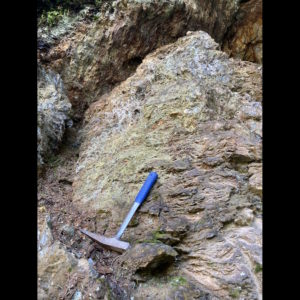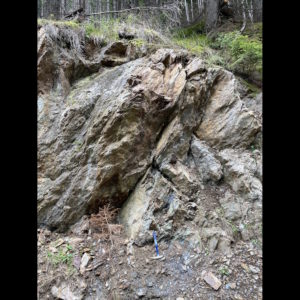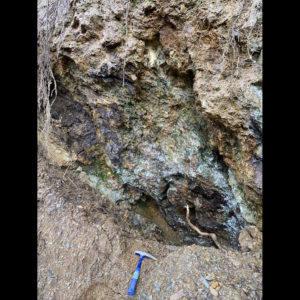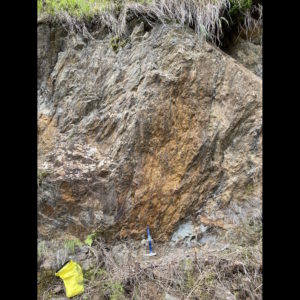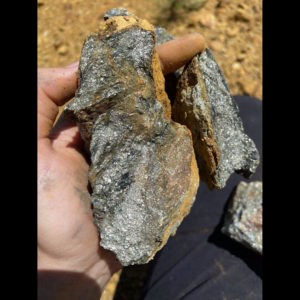Introduction
EMEX’s Panzendorf licence area, including the three mines Panzendorf, Villgraten and Tessenberg, is located north of the East Tyrolean Puster Valley, between Sillian and Abfaltersbach (north of the highway between Lienz and Sillian). The Tessenberg adits/tunnels are situated at elevations ranging from 1,750 to 2,100 metres above sea level on the eastern slope of Stulperrast, high in the right flank of the Hinterberger Turnbach stream, east of Morgenrastl (2,142 metres).
Außervillgraten and Panzendorf are situated on the western slope of Stulperrast, in the eastern foothills of the lower Villgraten Valley. The former is at an elevation of 1,600 metres above sea level, while the latter is located at the exit of the Villgraten Valley, 1 km north of Heinfels Castle. Road access is generally good and nearly all sampling points can be reached by 4WD, and all are accessible on foot.
The main targets across this licence have been defined by known mineral occurrences and historic copper & iron mining records.
Geology
The Panzendorf mines are situated within the Turntaler Quartz Phyllite Zone, which stretches north of the Drau Range (Drauzug) from Lienz to the Villgraten Valley in the east. In this geological context, the Mesozoic rocks of the Drau Range are found to subside beneath the Quartz Phyllites when approaching from the south. Towards the north, the Phyllites are overlain by Eastern Alpine Crystalline gneisses and mica schists exhibiting high metamorphism levels. These formations also contain intercalated Triassic thrust sheets. The ore deposits within this region are primarily composed of pyrite and magnetite, found within gray, thinly schistose, muscovite-rich phyllites. Notably, these phyllites can sometimes contain significant crystal black hornblende with magnetite and minor ilmenite, and an increase in quartz content might result in compact quartzite formations.
The ore deposits are associated with a graphite schist zone, existing in both the hanging wall, footwall, and within the ore deposits themselves. These graphite schists exhibit pronounced chloritic alteration in connection with the ore.
This region, similar to the broader Eastern Alpine crystalline mountains, experiences tectonic activity, causing the graphite schist to be thrust up to 20 meters thick (as observed in the Lower Adit of Tessenberg).
The ore zones consist of closely spaced ore deposits, each comprising individual ore lenses. These lenses exhibit a greater extent in the vertical plane (along the dip) compared to the horizontal plane (strike). While a lens's strike can vary from several hundred meters to just a few meters, thicknesses of up to 4 meters have been exposed in both Tessenberg and Panzendorf.
Future Work
To better evaluate the scale of underground orebodies EMEX plan to fly a regional aeromagnetic survey and run a ground-based IP survey of known orebodies. This will be run alongside detailed field mapping and baseline environmental studies, which are required to secure any future drilling permits.





